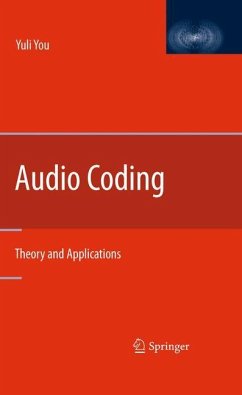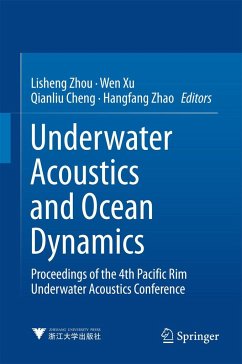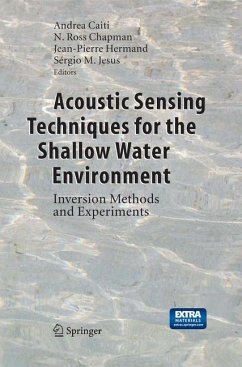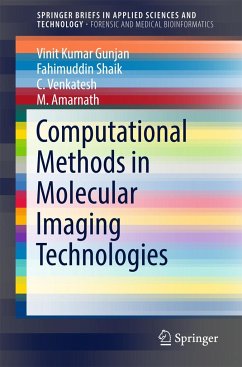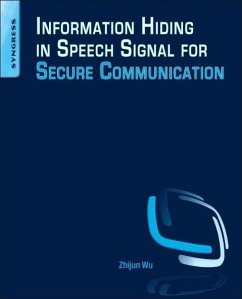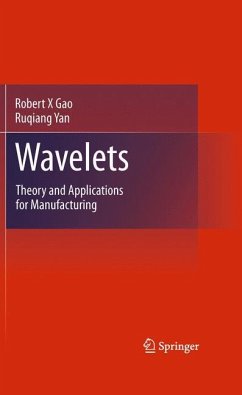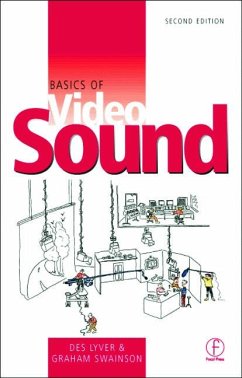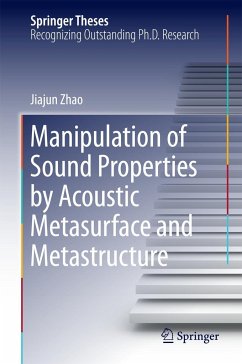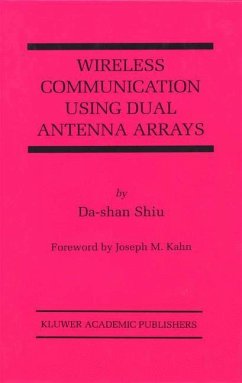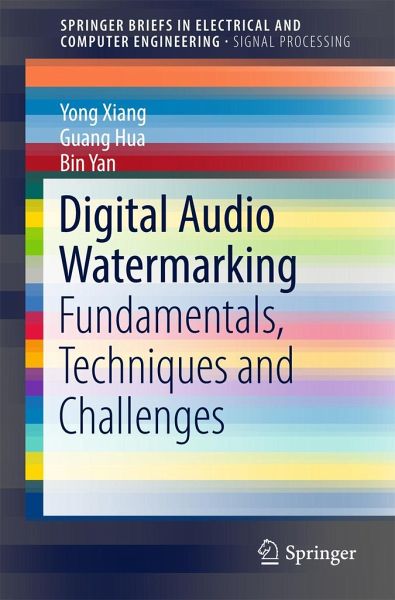
Digital Audio Watermarking
Fundamentals, Techniques and Challenges

PAYBACK Punkte
19 °P sammeln!
This book offers comprehensive coverage on the most important aspects of audio watermarking, from classic techniques to the latest advances, from commonly investigated topics to emerging research subdomains, and from the research and development achievements to date, to current limitations, challenges, and future directions. It also addresses key topics such as reversible audio watermarking, audio watermarking with encryption, and imperceptibility control methods. The book sets itself apart from the existing literature in three main ways. Firstly, it not only reviews classical categories of au...
This book offers comprehensive coverage on the most important aspects of audio watermarking, from classic techniques to the latest advances, from commonly investigated topics to emerging research subdomains, and from the research and development achievements to date, to current limitations, challenges, and future directions. It also addresses key topics such as reversible audio watermarking, audio watermarking with encryption, and imperceptibility control methods.
The book sets itself apart from the existing literature in three main ways. Firstly, it not only reviews classical categories of audio watermarking techniques, but also provides detailed descriptions, analysis and experimental results of the latest work in each category. Secondly, it highlights the emerging research topic of reversible audio watermarking, including recent research trends, unique features, and the potentials of this subdomain. Lastly, the joint consideration of audio watermarking and encryption is also reviewed. With the help of this concept, more secure audio watermarking systems can be developed, which meet the requirements for security and privacy in cloud-based networks and systems. Accordingly, the book serves as a tutorial suitable for readers with a general knowledge of audio signal processing as well as experts in related areas, helping these readers understand the basic principles and the latest advances, concepts and applications of audio watermarking.
The book sets itself apart from the existing literature in three main ways. Firstly, it not only reviews classical categories of audio watermarking techniques, but also provides detailed descriptions, analysis and experimental results of the latest work in each category. Secondly, it highlights the emerging research topic of reversible audio watermarking, including recent research trends, unique features, and the potentials of this subdomain. Lastly, the joint consideration of audio watermarking and encryption is also reviewed. With the help of this concept, more secure audio watermarking systems can be developed, which meet the requirements for security and privacy in cloud-based networks and systems. Accordingly, the book serves as a tutorial suitable for readers with a general knowledge of audio signal processing as well as experts in related areas, helping these readers understand the basic principles and the latest advances, concepts and applications of audio watermarking.





